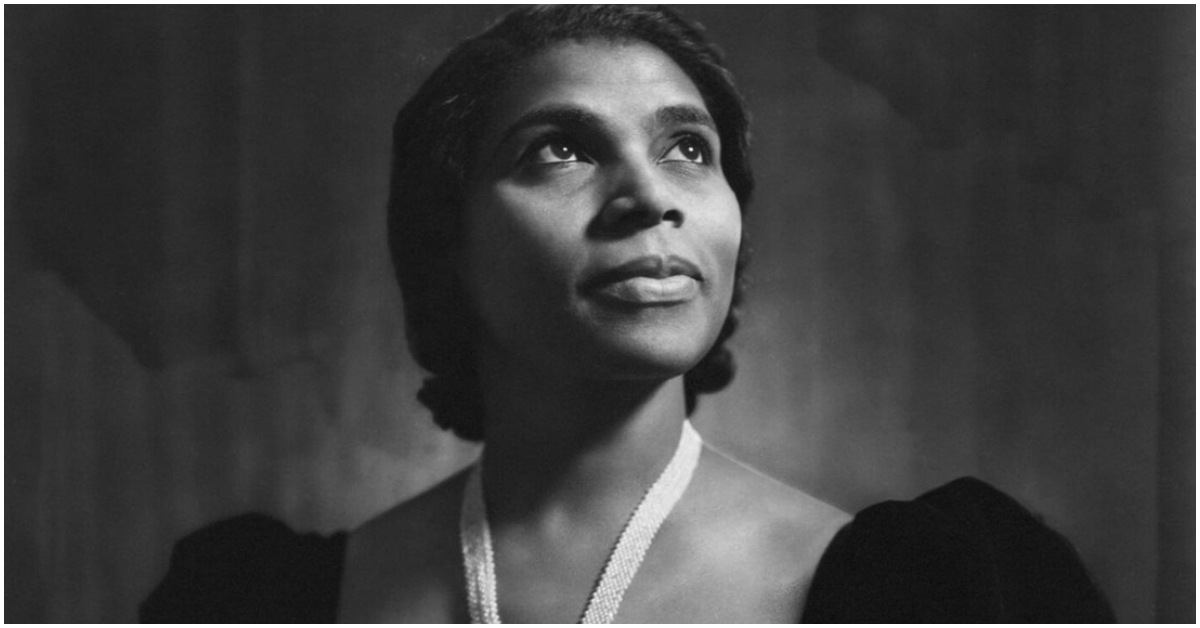Trailblazer Defying Racial Barriers
On the evening of January 7, 1955, the curtain at the Metropolitan Opera in New York rose to reveal Marian Anderson, the first African American to perform with the prestigious institution. This momentous occasion marked a significant milestone in the ongoing struggle for civil rights and racial integration in the arts.
“Marian Anderson becomes first African American to perform at the Met Opera”
Anderson’s journey to the Met stage was a testament to her resilience and unwavering talent in the face of racial discrimination. Despite being an acclaimed vocalist, her career was consistently hamstrung by segregation and racism, which barred her from mainstream stardom in the United States.
From Humble Beginnings to International Acclaim
Born into humble beginnings, Anderson’s extraordinary talent was first noticed by an aunt who encouraged her to join the church choir and helped organize her first professional shows. Her early career in the eastern United States was met with success, but she faced constant obstacles due to the pervasive racism of the time.
Undeterred, Anderson decided to continue her career in Europe, where she became a sensation, particularly in Scandinavia. Major figures such as composer Jean Sibelius and conductor Arturo Toscanini praised her as a singular vocal talent, solidifying her reputation on the international stage.
Lincoln Memorial Concert: A Catalyst for Change
Upon returning to the United States, Anderson’s talent and fame could not shield her from the injustices of racial discrimination. In 1939, the Daughters of the American Revolution refused to let her perform at Constitution Hall solely because of her race. This act of blatant discrimination sparked outrage and led to a pivotal moment in Anderson’s career and the civil rights movement.
A group of supporters, including President Franklin D. Roosevelt and his wife, Eleanor, who resigned from the DAR in protest, helped organize a historic concert at the Lincoln Memorial.
Attended by 75,000 people, including prominent members of Roosevelt’s cabinet, and broadcast across the nation, this concert not only bolstered Anderson’s fame but also thrust her into the nascent struggle for civil rights.
Breaking Barriers at the Metropolitan Opera
Rudolf Bing, who became the director of the Metropolitan Opera in 1950, was determined to sign Anderson from the outset. Despite her previous reluctance to pursue opera due to the lack of roles for Black singers and concerns about her voice type, Bing eventually convinced her to join the Met.
In a strategic move, Bing cast Anderson as Ulrica in Verdi’s “Un ballo en maschera.” Although the role was a supporting one, often portrayed by white women wearing dark makeup and carrying racial stereotypes, Anderson’s debut at the Met was a significant moment in the history of integration in the arts.
The New York Times reported that Anderson’s performance left many audience members in tears, a testament to the power of her artistry and the symbolic significance of her presence on that stage.
Legacy and Honors
Anderson’s groundbreaking performance at the Metropolitan Opera paved the way for future generations of Black opera singers, including Grace Bumbry, Leontyne Price, and Jessye Norman, who would go on to electrify audiences at the Met in the years to come.
In recognition of her contributions, the Kimmel Center in Philadelphia, Anderson’s hometown, has announced plans to re-dedicate its main performance venue as “Marian Anderson Hall” on June 8, honoring the international opera star and her role as a trailblazer for racial equality in the arts.
As we reflect on Marian Anderson’s life and work, it is crucial to understand not only the beauty of her achievements but also the ugliness of the discrimination she faced.





